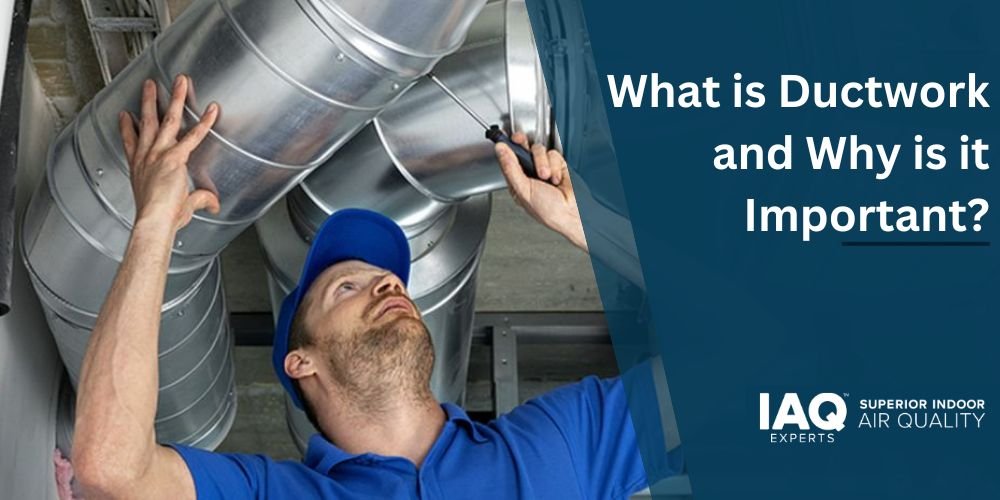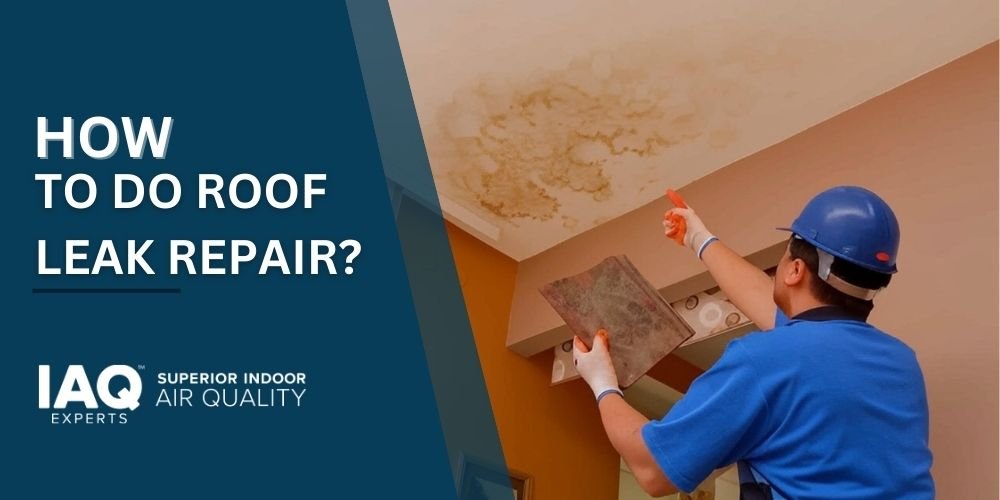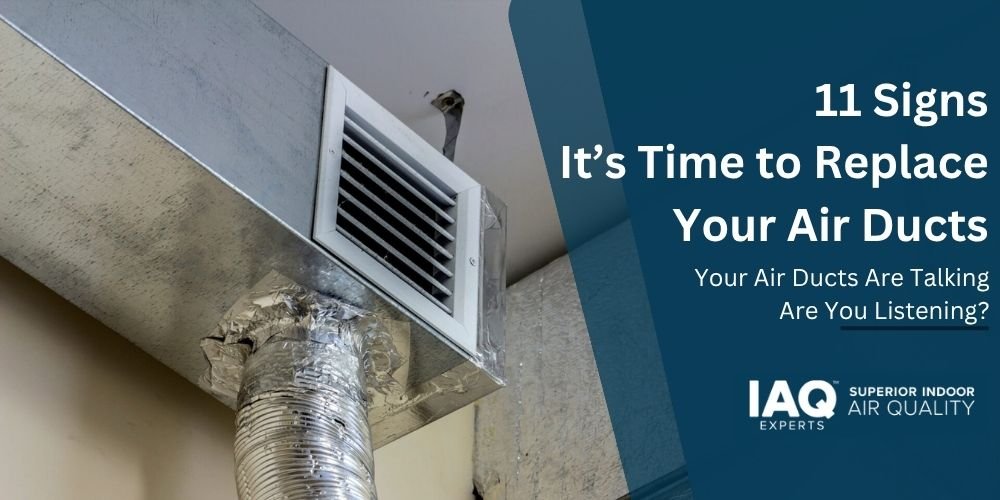Ductwork is a system of conduit applied to heating, ventilation, and air conditioning (HVAC). These passages are meant to introduce and extract air within buildings to maintain an appropriate circulation of air. The primary role of ductwork is to distribute warm air or cool air evenly throughout the various rooms in such a way that the interior environment becomes comfortable.
The HSA units would not efficiently circulate their air to wherever it is needed in the office or home without ductwork. It serves as a roadway that moves air to where a person needs it and moves air out through the places that are already used and any that is stale. By doing this, you stay comfortable and ensure the air inside remains fresh. Put simply, ductwork is a must for a healthy and well-balanced home.
How Does Ductwork Work?
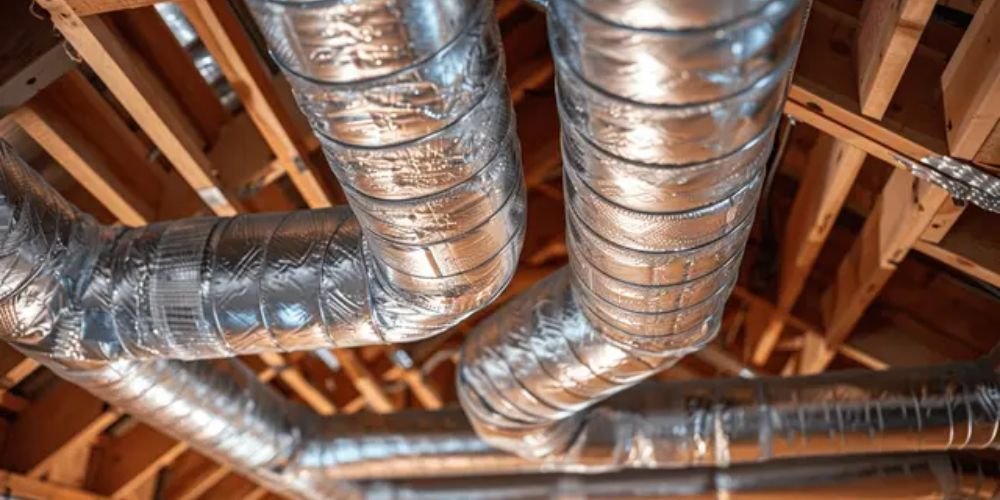
The ductwork is based on the idea of linking your heating system and cooling system to all the rooms of your home or office. The HVAC unit forces the air through the air ducts when you change the temperature. These ducts supply air to vents and registers, which are installed either on walls, floors, or ceilings.
The ductwork system consists of two sides:
- Supply ducts: These represent the supply of conditioned air to your rooms.
- Return ducts: These recirculate air to the HVAC unit in order to recondition it.
This process is repeated, and the indoors remain at a steady temperature. When designed and installed correctly, the ductwork system will transport air without any turbulence. But, in case ducts are improperly installed or damaged, then you may get variations in temperatures, insufficient air movement, or increased energy payments.
Why is Ductwork Important?
Good ductwork means a comfy room and smarter energy use. The following are some of the reasons why the same is so significant:
- Comfortable indoor climate: It distributes cool or heated air in a manner that eliminates the potential of hot or cold spots within various rooms.
- Noise Reduction: Vaulted air ducts are adequately insulated, reducing the air movement and equipment noise.
- Improved air quality: The Ductwork system will also aid in circulating fresh air as it removes dust, allergens, and pollutants.
- System longevity: A well-engineered ductwork system will save on the strains on HVAC equipment and thus extend its lifespan.
- Energy efficiency: Well-engineered ductwork assists in avoiding air leakage, and therefore, the HVAC system does not drain energy.
- Consistent humidity control: Well-planned ductwork infrastructure can be used to control the humidity of the interior premises to make interiors neither too dry nor too humid.
- Healthier environment: Clean air ducts reduce the possibility of respiratory illnesses because dust spreading is minimised, as well as developed and spread, putting the spores and bacteria.
Basically, ductwork is not merely a matter of aero ventilation – its deep concerns are the provision of safe, comfortable, and affordable occupational or living conditions.
Signs of Poor Ductwork
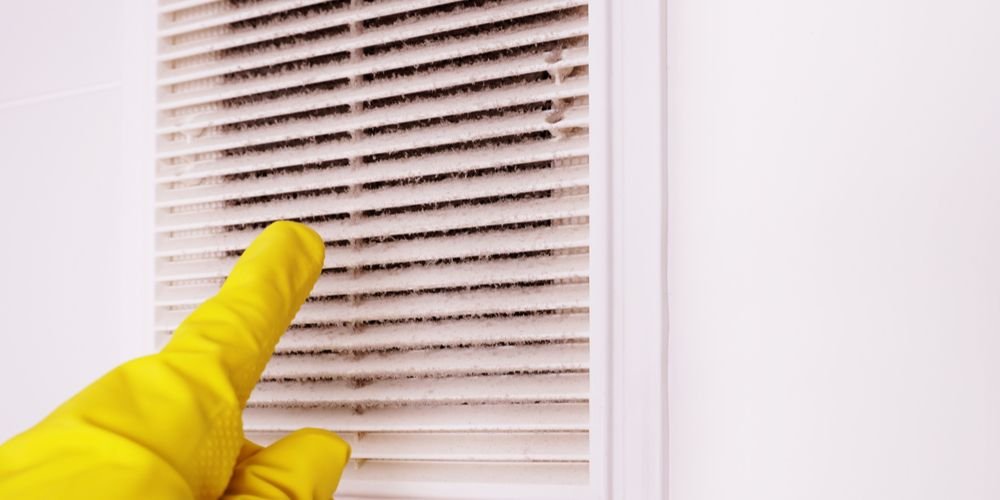
Ductwork may also wear or develop problems over time, which impact performance. Be on the lookout for such typical indications of defective ductwork:
- Uneven temperatures: Temperatures in some of the rooms will be warm or even cold despite the HVAC being on.
- High energy bills: The HVAC system is obliged to strain additional energy due to leaky or blocked air ducts, hence increasing electricity bills.
- Weak airflow: The air quality that is emitted through vents is meager, even with the system running on full.
- Dust build-up: If there is much dust about the vents, then the air duct might be clean, or the duct might be leaking.
- Strange noises: Whitling, rattling, or banging can be represented by the signs of loose or damaged ductwork.
- Unpleasant odors: Bad smells may indicate mold or debris that is found within the ductwork system.
When you recognise such problems, then perhaps it is time to check and even repair your ductwork to make you comfortable again and efficiently heat and cool your home.
If you’re noticing excessive dust or debris around vents, it may be time for a professional check. Learn more in our guide on how to know if your ducts need cleaning.
Maintaining Healthy Ductwork
The ductwork system should be maintained to ensure smooth running. The following are some of the practical measures that can be used to keep air ducts healthy:
- Schedule checks: Schedule ductwork check-ups: A professional needs to inspect the ductwork at least once every few years, to be able to detect leaks or damage at early stages.
- Seal leaks: Air ducts should be covered with small holes or gaps to avoid the escape of the conditioned air.
- Insulate ducts: Good insulation keeps the air at the right temperature as it travels through your ducts.
- Clean ducts where necessary: Air ducts should be cleaned in case of dust, dirt, or mold to enhance the passage of air and air quality.
- Change the Filter regularly: A clogged filter causes an additional load to the ductwork and the HVAC system.
- Keep vents clean: Furniture or curtains should not cover the vents and registers.
Sometimes cleaning or repairs aren’t enough. If your system is old or severely damaged, it might be time to replace your air ducts.
Final Thoughts
Ductwork should not be seen, which is why it is one of the details of the comfort system of every building that is highly valued. The ductwork system has taken on much significance in daily lives through evenly distributed air to improve indoor quality and conserve energy. When you don’t maintain them, you might face bad air, higher costs, and health troubles. Care for your air ducts, and you’ll notice cleaner air, smoother airflow, and a fresher atmosphere. When you notice an uneven temperature, inflated power spending, and even dust around your vents, then do not wait to see the issue increase. Get your duct system checked and repaired to bring coziness and effectiveness at home or in your workplace. A healthy ductwork system is equal to healthy air, reduced cost, and readiness; hence, act now!
Ensure your home or workplace has healthy, efficient air. Contact IAQ Experts today for professional duct inspection and maintenance!

